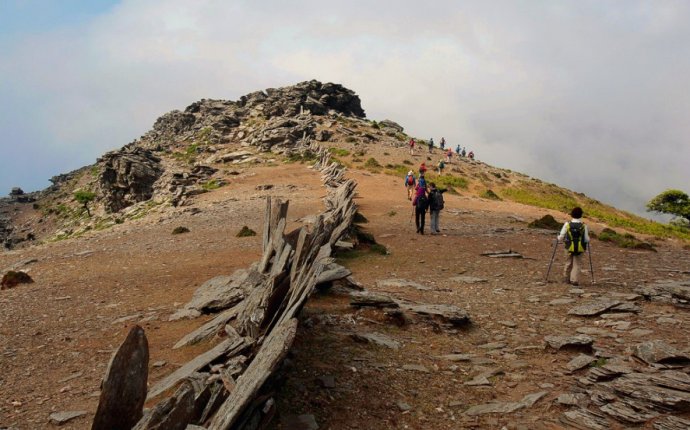
Best Place to Stay in Greece islands
You could spend months island-hopping around Greece, exploring the ancient villages and relaxing on the tranquil beaches staring out at the crystal blue Aegean Sea. But if you only have a weekend for an island adventure, head to Santorini for 48 hours of culture, sunsets and delicious food. Santorini, known in Greek as Thira, is defined by the stunning caldera formed when a volcano erupted on the island thousands of years ago. Fira is the capital city with lavish hotels and restaurants galore, while nearby Oia is equally picturesque with impressive views from the cliffs overlooking the sea.
Where to Stay
Everyone comes to Santorini to see the stunning caldera and the view is perfect from the cliffside Astra Apartments and Suites in Imerovigli on the island's western coast. Comfy apartments with a separate bedroom and efficiency kitchen maintain a chic island vibe with whitewashed walls and simple decor and each room has a balcony or veranda overlooking the sea. Fancier suites are available with outdoor Jacuzzis or even private outdoor pools with a view.
The Hotel Keti in Fira has no-frills accommodations that are half the price of the swankier spots in town. Decor is sparse and modern in the hotel's 9 rooms with clean lines and some unusual touches, like the cozy king-sized bed tucked into the alcove in the Cavehouse Suite, the hotel's most expensive option. Start your day with breakfast in the bar before setting off on the 5-minute stroll up the stone steps into the heart of the city.
As a member of the prestigious Leading Small Hotels of the World, Katikies in Oia is a dreamy hotel with every top amenity. The hotel, carved into the cliffs overlooking the sea, provides a magical setting with modern white cubist buildings, pink bougainvilleas and expansive views of the azure sea. The best views are from the pool's 2 infinity pools and sunbathing deck. Rooms have crisp white bedding, flowing white curtains and private terraces with that same stunning view.
Where to Eat
Just 10 minutes from Fira, Pyrgos Village is one of the highest points in the island with a medieval castle surrounded by farmlands and vineyards. The village's other great attraction is Selene, the award-winning restaurant known for its classic Greek food. If you like what you taste, sign up for a 1- or 3-day cooking course and master the art of Greek cooking with locally grown ingredients to create restaurant's specialties like fava beans and seafood, cold tomato soup with cheese ice cream and lamb with white eggplant.
Follow the locals to Naoussa in Fira for traditional Greek food with lots of grilled fish including octopus, sardines and swordfish and local dishes like moussaka, tomato keftedes and lamb kleftiko. Don't worry if there's a wait because the friendly staff is happy to pour you a glass of the house wine to help the time pass. Finish off your meal with a liquid treat of limoncello or ouzo.
Santorini's version of fast food is likely tastier than anything you'll find at home, especially if your take-out is from Lucky's Souvlakis in Fira. The pork gyro is a street-food masterpiece with grilled pork, lettuce, red onions, tomatoes, tzatziki and even some french fries stuffed into a pita. The best news is this bundle of deliciousness will set you back less than $5.
What to See & Do
If you have only a weekend to enjoy the best of Santorini, set off on a private island tour with Thirak Tours. The beauty of a private tour is that you can customize for your own tastes, whether that's sailing or fishing with locals or strolling through the villages and visiting the historic monasteries, museums and excavations. Embark on a donkey trek through ancient ruins or booze on the beach at a classic island beach party. Or see it all on the 6-hour tour that covers the highlights including picturesque villages, wineries, beaches, shops and taverns.
Santorini has a rich history and the Museum of Prehistoric Thira in Fira is a great starting point to learn more about the island's past. The city's rich archaeological site Akrotiri has been closed to the public for renovations since 2005, but you can see many of the objects that were excavated from the site on display at the museum. There are frescoes, pottery, statues, tools, furniture and weapons dating back to the 17th century BC.